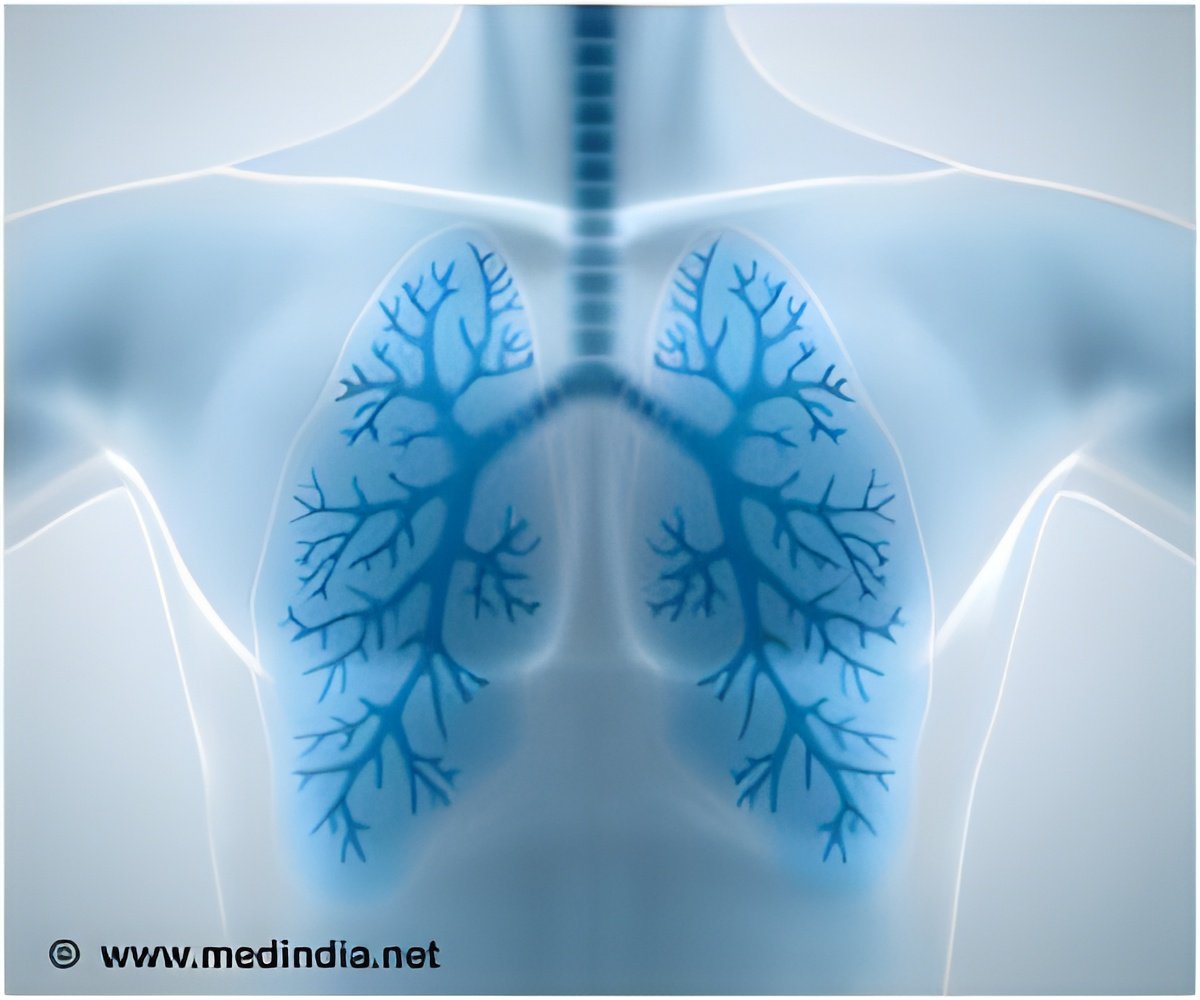Disulfiram, an FDA-approved drug, prevents the immune system from producing toxic webs named neutrophil extracellular traps (NETs).

‘Disulfiram, which has been used since the 1950s was a promising candidate to stop immune reactions in lung.’
Read More..




Jose M. Adrover, a postdoctoral fellow in CSHL Professor Mikala Egeblad’s lab, explains that NETs are usually released during infections when immune cells, called neutrophils, confront a too large threat the tiny cells to battle directly.Read More..
To extend their reach, neutrophils spew a sticky web of DNA and toxins, which indiscriminately poisons pathogens and the body’s cells. “They will damage everything, all around,” Adrover says.
Because NETs can be so destructive, researchers in Egeblad’s lab have been searching for ways to block their formation. Disulfiram, which has been used since the 1950s as a treatment for alcohol use disorders, was a promising candidate.
“Disulfiram interferes with gasdermin D, a molecule needed to produce NETs,” says Juliane Daßler-Plenker, a postdoctoral fellow in Egeblad’s lab.
The Weill Cornell Medicine (WCM), and Icahn School of Medicine at Mount Sinai (Mt. Sinai) investigated disulfiram’s effects on NET production. They found that the drug prevents neutrophils isolated from blood from generating NETs.
Advertisement
Robert Schwartz’s team (WCM) and Benjamin tenOever’s team (Mt. Sinai) tested disulfiram in hamsters infected with the SARS-CoV-2 virus; NET production was blocked, and lung injury was reduced.
Advertisement
Clinical trials investigating disulfiram’s use in patients with symptomatic COVID-19 are underway. While CSHL scientists are not involved in those studies, Egeblad says, “Our findings provide a reason to hope that disulfiram may be a useful treatment.
We will continue exploring the drug’s potential in a variety of conditions. Just as important, we now have a tool to help us study the complex roles of NETs in lung injury, cancer, and other diseases that involve NETs.”
Medindia








